Fire alarm systems are classified into categories (P, L, M) and grades (A, B, C) to ensure effective fire safety. These classifications guide system design, installation, and compliance with safety regulations.
Overview of Fire Alarm Systems
Fire alarm systems are critical for detecting and alerting occupants of potential fires, ensuring timely evacuation and minimizing risks. These systems consist of detectors, alarms, control panels, and wiring, designed to monitor environments continuously. They are categorized into different types based on their functionality and application, such as automatic detection, manual activation, or hybrid systems. The classification into categories (P, L, M) and grades (A, B, C) helps in tailoring systems to specific building types, occupancy levels, and fire risks. This structured approach ensures that fire safety needs are met effectively, adhering to safety standards like BS 5839. Proper system design and installation are essential to achieve reliable performance and compliance with regulatory requirements.
Importance of Categorization and Grading in Fire Safety
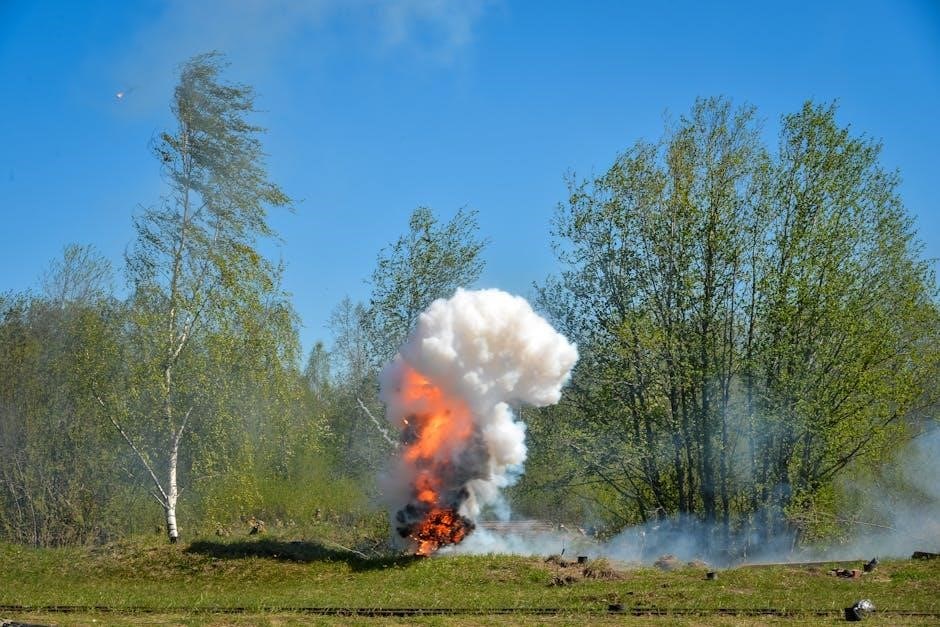
Categorization and grading of fire alarm systems are vital for ensuring fire safety. These classifications help determine the appropriate system for specific premises, considering factors like occupancy, fire risks, and building size. Categorization (P, L, M) focuses on the system’s purpose, such as property protection or life safety, while grading (A, B, C) defines the level of detection and alerting capability. This structured approach ensures systems meet legal requirements and effectively mitigate fire hazards. Proper categorization and grading also facilitate compliance with standards like BS 5839, enhancing system reliability and occupant safety. By aligning systems with these classifications, building owners can ensure adequate fire protection tailored to their unique needs, ultimately saving lives and property in the event of a fire.
Fire Alarm Categories
Fire alarm systems are categorized into P, L, and M systems, each designed for specific fire safety objectives, ensuring proper detection and alerting based on the premises’ requirements.
Category P Systems: Definition and Requirements
Category P systems are designed for property protection, focusing on minimizing fire damage to buildings and assets. They typically include smoke and heat detectors, manual call points, and alarm sounders. These systems are not intended for life safety but are crucial for commercial and industrial premises. Requirements include compliance with BS 5839 standards, ensuring reliable detection and alerting mechanisms. Installation must cover all areas of the property, with specific guidelines for detector placement and wiring. Maintenance and testing schedules are also mandated to ensure system functionality. Category P systems are often tailored to the specific risks and layout of the premises, making them a flexible solution for property protection.

Category L Systems: Characteristics and Applications
Category L systems are designed primarily for life safety, focusing on early fire detection to protect occupants. These systems are typically installed in residential buildings, hotels, and hospitals. They are subdivided into different levels (L1 to L5), with L1 providing the highest level of protection. L1 systems are designed for full coverage of all areas, while lower levels provide more targeted detection based on risk assessment. Category L systems often include smoke detectors, heat detectors, and manual call points, ensuring rapid alerting of occupants. Compliance with BS 5839 standards is essential, emphasizing reliable detection and clear alarm signals. These systems are tailored to the specific fire risks and occupancy needs of the premises, ensuring effective evacuation and minimizing potential harm to people.
Category M Systems: Features and Compliance Standards
Category M systems are primarily designed for property protection rather than life safety. These systems are typically found in commercial and industrial settings. They are less complex than Category L systems, focusing on detecting fires in high-risk areas. Key features of Category M systems include manual call points and a limited number of automatic detectors, strategically placed in areas with significant fire hazards. Compliance with BS 5839 standards ensures that Category M systems are installed and maintained to provide reliable fire detection. These systems are cost-effective solutions for businesses looking to protect their assets while meeting fire safety regulations. Regular maintenance and testing are required to ensure the system’s effectiveness in detecting and alerting personnel to potential fires.
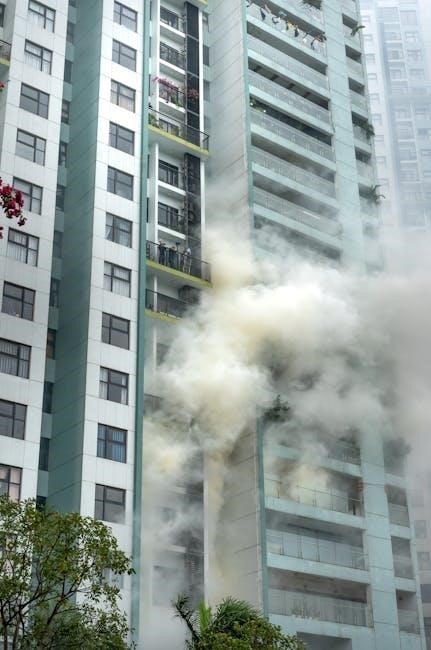
Fire Alarm Grades
Fire alarm grades (A, B, C) define the type and reliability of detection and warning systems. Grade A uses smoke detectors and manual systems, while Grade B combines smoke and manual systems. Grade C relies solely on manual systems, providing basic fire alerting. These grades ensure systems meet specific safety and operational requirements, tailoring fire protection to different premises and risks.
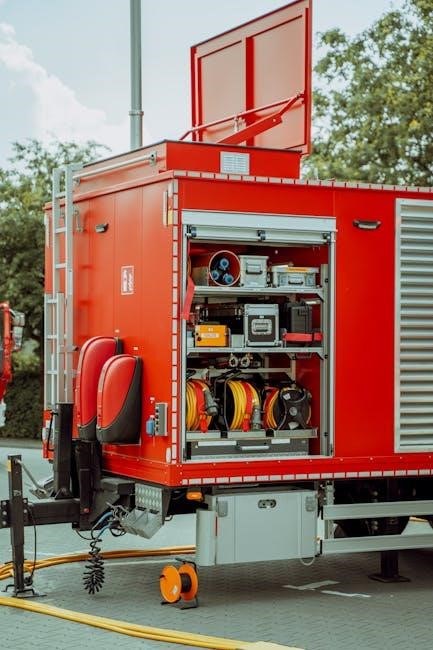
Grade A: Smoke Detection Systems
Grade A systems are advanced fire detection solutions primarily utilizing smoke detectors for early fire detection. These systems are designed for high-risk environments where rapid response is critical to prevent extensive damage. They often integrate with manual call points, ensuring comprehensive coverage. Smoke detection in Grade A systems is highly sensitive, reducing false alarms through advanced algorithms. This grade is typically mandated in commercial and industrial settings, where the safety of people and assets is paramount. Compliance with standards like BS 5839 ensures reliability, making Grade A systems a benchmark for fire safety in high-stakes applications.
Grade B: Combined Smoke and Manual Systems
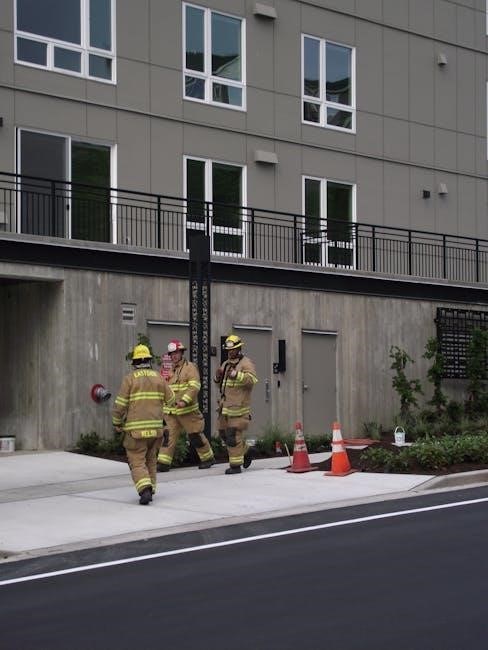
Grade B fire alarm systems integrate both smoke detection and manual call points, offering a hybrid approach to fire safety. These systems are ideal for smaller premises or environments where a fully automated system is not required but reliable detection is still essential. Smoke detectors provide early warning of potential fires, while manual call points allow individuals to trigger the alarm manually. This combination ensures comprehensive coverage and rapid response. Grade B systems are often installed in commercial spaces, residential buildings, and HMOs (Houses in Multiple Occupation), balancing cost-effectiveness with robust fire protection. Compliance with standards like BS 5839 ensures these systems meet safety requirements, making them a practical choice for medium-risk settings. The dual functionality of Grade B systems enhances flexibility, catering to diverse fire safety needs without compromising on reliability.
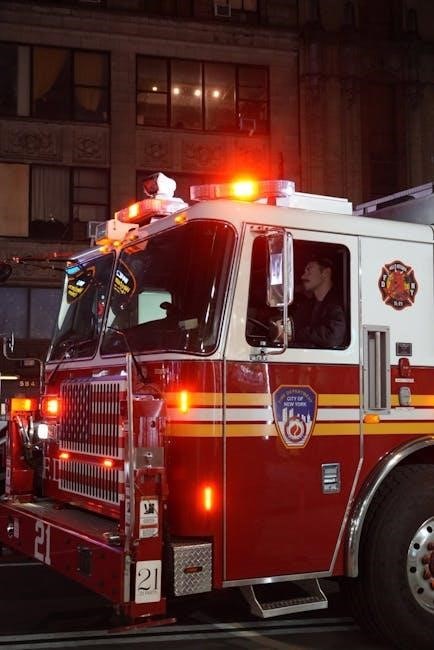
Grade C: Manual Systems Only
Grade C fire alarm systems rely solely on manual activation, with no automatic smoke detection. These systems are typically installed in low-risk environments where the need for automated detection is minimal. Manual call points are strategically placed throughout the premises, allowing individuals to raise an alarm in case of a fire. While Grade C systems do not offer the early warning benefits of smoke detectors, they provide a basic yet effective means of alerting occupants. This grade is often chosen for small, simple buildings such as garages, sheds, or areas with minimal fire hazards. Compliance with fire safety standards ensures that manual systems are adequately maintained and tested. Grade C systems are cost-effective and straightforward, making them suitable for applications where automatic detection is not deemed necessary. They serve as a fundamental layer of fire safety in low-risk scenarios.
BS 5839 Standards and Their Role
BS 5839 standards provide guidelines for fire alarm systems, ensuring reliability and compliance. They define categories, grades, system design, and maintenance, crucial for public safety and property protection.
BS 5839 Part 6: Fire Detection and Fire Alarm Systems
BS 5839 Part 6 focuses on fire detection and alarm systems, providing detailed requirements for design, installation, and maintenance. It ensures systems meet safety standards, protecting lives and property. The standard divides systems into categories (P, L, M) and grades (A, B, C), each tailored to specific risks and premises. Category P systems are typically for high-risk environments, while Category L systems are designed for life safety in commercial buildings. Category M systems are manual and suitable for smaller premises. Grades A and B include smoke detection, with Grade C relying solely on manual systems. Compliance with BS 5839 Part 6 is essential for ensuring fire safety and meeting legal obligations.
System Design and Classification According to BS 5839
BS 5839 provides a structured framework for designing and classifying fire alarm systems, ensuring they meet specific safety and functionality requirements. The standard categorizes systems into P, L, and M, each tailored to different types of premises and fire risks. Category P systems are designed for high-risk environments, focusing on property protection and life safety. Category L systems prioritize life safety, commonly used in commercial and residential buildings. Category M systems are manual, relying on human intervention for activation. The classification ensures systems are appropriately scaled to the premises’ size, occupancy, and fire hazards. Compliance with BS 5839 guarantees that fire alarm systems are reliable, effective, and aligned with legal and safety standards, minimizing fire-related risks and ensuring timely responses in emergencies.

Leave a Reply
You must be logged in to post a comment.